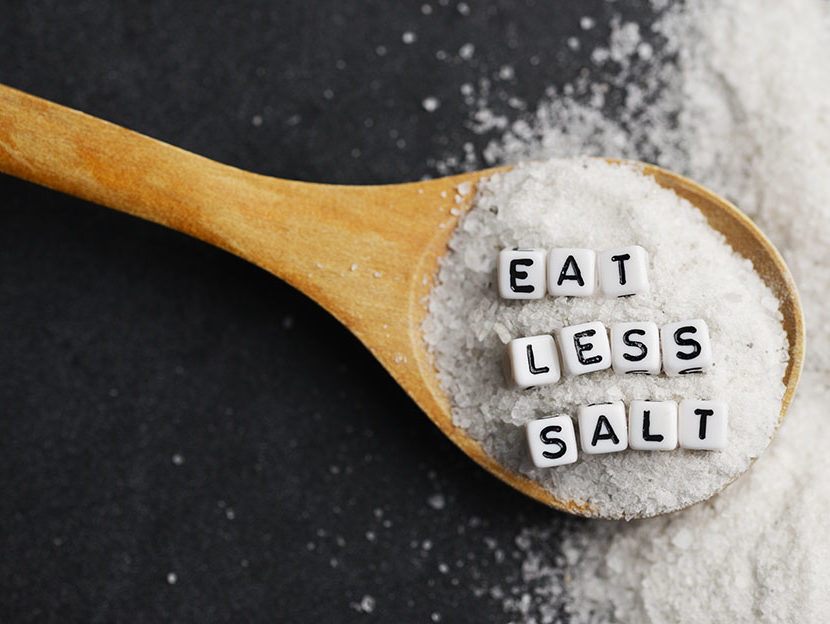
It has now been widely demonstrated that there is a direct correlation between excessive consumption of salt and sodium and increased blood pressure, which has resulted in an increased risk of developing diseases of the cardiovascular and nervous system.
In some cases, the main problem lies precisely in the difficulty of determining the actual amount of salt and sodium ingested as part of the daily diet. This problem is found above all in those consumers whose diet consists mainly of processed products in which salt is added not only as a preservative but also for reasons of flavour and texture.
Dairy products, meat and fish, canned vegetables, cereals, bakery and confectionery products, pickles and sauces are just some of the processed products that contain high amounts of added salt.
This leads consumers to exceed, often extensively, the maximum daily amount of 5g of salt (corresponding to 2g of sodium) recommended by the World Health Organization.
To try to mitigate this problem, the Italian Ministry of Health has compiled a list of some measures that consumers can take, both at home and at the time of purchase, to start reducing the risk of overdosage of salt, and as a consequence of nutritional sodium:
-
Always read the nutrition label carefully: choose products with lower salt content, preferably those with low content, i.e. less than 0.3 grams per 100g.
-
Reduce the use of added salt in home cooking.
-
Limit the use of condiments containing sodium such as soup-stock cubes, mayonnaise, sauces, and similar. Use instead spices, herbs, lemon juice or vinegar to flavour foods.
-
To avoid getting into the habit of adding salt to your food, stop putting the salt cellar on the table at mealtimes.
-
Reduce consumption of salty snacks, chips, some sausages, canned foods and so on, all of which have a high salt content.
-
Always drain and rinse canned vegetables and legumes.
-
Avoid adding salt to baby food.
Sources and insights:
http://www.salute.gov.it/portale/temi/p2_6.jsp?lingua=italiano&id=4950&area=stiliVita&menu=vuoto